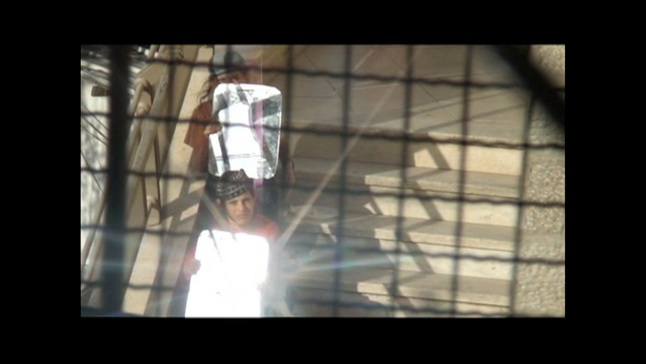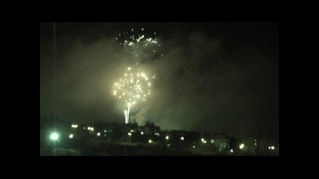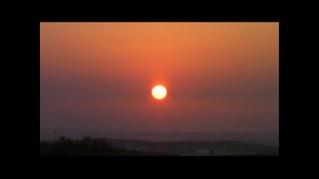artists / researchers




Michael Zupraner
Köken Ergun | Michael Zupraner
B'TSELEM ARCHIVE PROJECT
2010 | video installation | colour | sound | variable lengh | 7 monitors and headphones
copyright B’Tselem - The israeli information Center for Human Right in the Occupied Territories
production Suspended spaces
The videos in the Beyt installation were filmed by Palestinians to whom Beyt, an Israeli Jerusalem-based human rights organization, lent some cameras so that they could film any situation where they might witness human rights violations committed by the Israeli army, and colonists. Some of the videos made, and passed on to the international media, led to putting pressure on the Israeli authorities, forcing them to take steps to protect Palestinians. The Palestinians to whom these cameras have been lent thus use them for their own protection, but they also often make the most of this opportunity for more personal uses. Köken Ergun has viewed the Beyt archives, with just 10% of the tapes received ever used, looking for the most personal and unexpected pictures, and here he offers his selection. These images may be regarded as secondary in relation to Beyt’s main preoccupations, but Köken Ergun nevertheless makes use of them to challenge the idea of document, documentary and archive.
The installation consists of seven monitors with headphones distributed in a video room. The shots selected are fragments of narratives. We discover, in particular, a video filmed at night from an apartment with barred windows, giving onto a street from which come alarming noises (the sounds of blows) and snippets of voices, but without the camera lens actually filming what is going on. Viewers who do not understand Arabic cannot understand the words being exchanged by the people as they film. Another monitor broadcasts the overall filming of, on the one hand, a festival, with music and dancing, and, on the other, the keen, as if stunned, silence in which the procession is filmed from this lofty window, it too closed by bars which grid the image and fragment the scene depicted. Other videos are apparently more “innocent”. In them we can see children of Jewish colonists, kippas on their heads, playing at aiming sun’s rays at the camera lens, reflecting them with the help of mirrors and bits of glass. Certain other sequences record a video clip broadcast on television, sunsets, and snow falling.
As in Binibining, Köken Ergun focuses on facts which are of no interest to the political and legislative spheres, and are not included in journalistic reports. In this sense, these pieces of magnetic tapes doomed to be erased can be related to the blind status of such Philippine populations—the way we talk of a blind spot in terms of our vision: an area one does not see without knowing that one cannot see it.
As part of the exhibition Suspended Spaces #1 in Amiens, Köken Ergun suggested that Mich’ael Zupraner, an anthropologist and member of the Beyt association, make his own selection, and broadcast it on the seven screens in the exhibition.
Charlène Dinhut - Françoise Parfait - Eric Valette
Translated by Simon Pleasance & Fronza Woods



